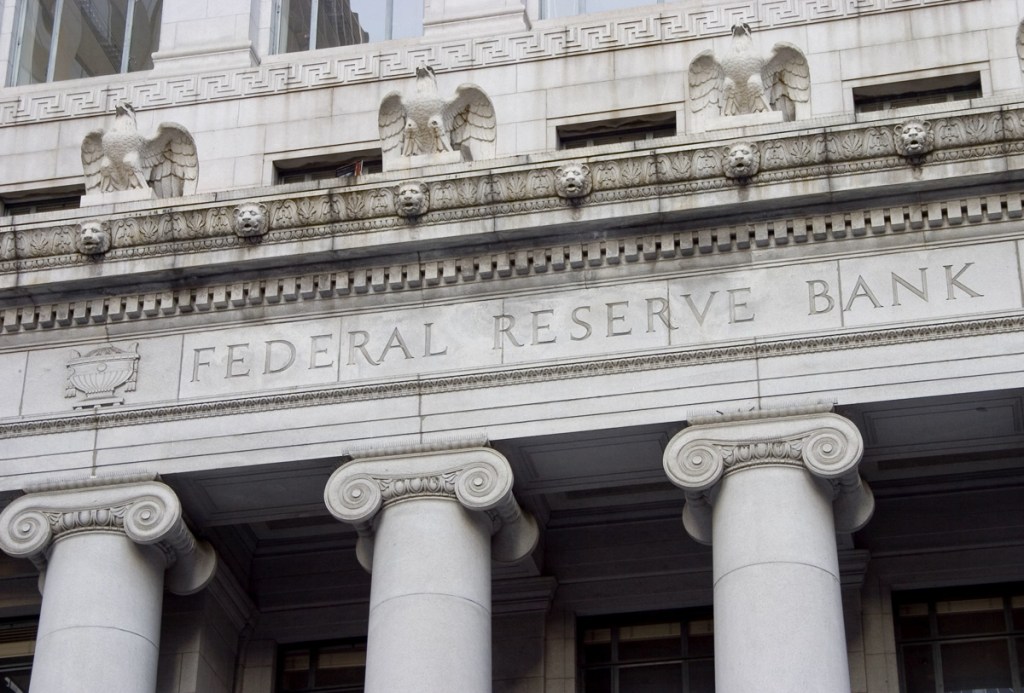Federal Reserve officials expressed concerns at their last meeting about additional waves of COVID-19 infections worsening the recession and triggering a new spike in unemployment, according to minutes released Wednesday.
At June’s rate-setting Federal Open Market Committee, conducted via videoconference, policymakers assumed the likelihood of the COVID-19 pandemic worsening in the second half of 2020, the minutes showed.
“In light of the significant uncertainty and downside risks associated with the pandemic, including how much the economy would weaken and how long it would take to recover, the staff judged that a more pessimistic projection was no less plausible than the baseline forecast,” the minutes said. “In this scenario, a second wave of the coronavirus outbreak, with another round of strict limitations on social interactions and business operations, was assumed to begin later this year, leading to a decrease in real GDP, a jump in the unemployment rate, and renewed downward pressure on inflation next year.”
The FOMC voted in June to hold interest rates in a range of 0% to 0.25% and to continue buying Treasury bonds and mortgage-backed securities at a pace of about $120 billion per month.
Policymakers at the meeting were concerned Congress would not provide enough monetary support to help the economy weather the worse public health crisis in more than a century, the minutes showed. The House of Representatives in May passed a $3 trillion bill providing support to state and local government, as well as extending the beefed-up unemployment benefits aimed at replacing salaries for people laid off due to the pandemic. The Senate has yet to take it up.
“Among the other sources of risk noted by participants were that fiscal support for households, businesses and state and local governments might prove to be insufficient,” the minutes said. “Participants stressed that measures taken in the areas of health-care policy and fiscal policy, together with actions by households and businesses, would shape the prospects for a prompt and timely return of the U.S. economy to more normal conditions.”
FOMC members also discussed the best way to provide guidance to the public regarding their expectations of future actions, according to the minutes.
“Most participants commented that the committee should communicate a more explicit form of forward guidance for the path of the federal funds rate and provide more clarity regarding” asset purchases, according to the record of the meeting.
A “number” of officials favored tying future policy moves to inflation by waiting for “a modest temporary overshooting of the committee’s longer-run inflation goal” of 2%, the minutes said.
Other members indicated they preferred to link future moves to the unemployment level, and “a few others” said they preferred calendar-based forward guidance, as the committee now uses.
For example, at the end of the last meeting, the members said they expected to keep the benchmark rate near zero through the end of 2022.





